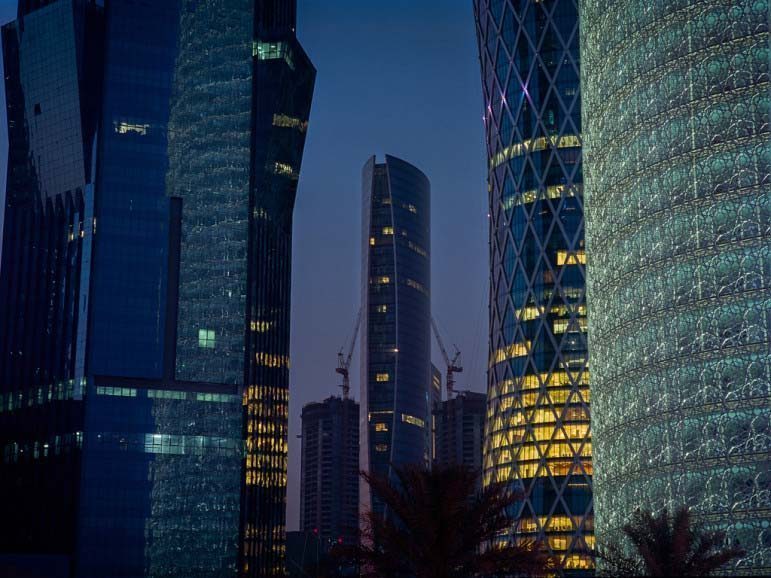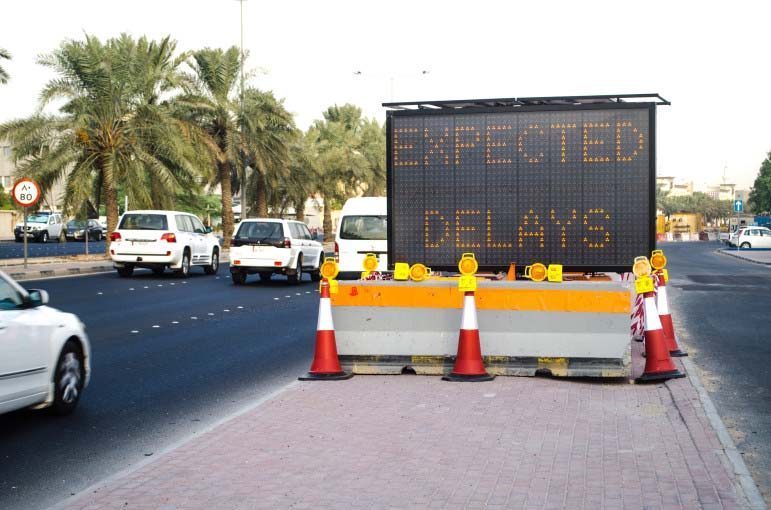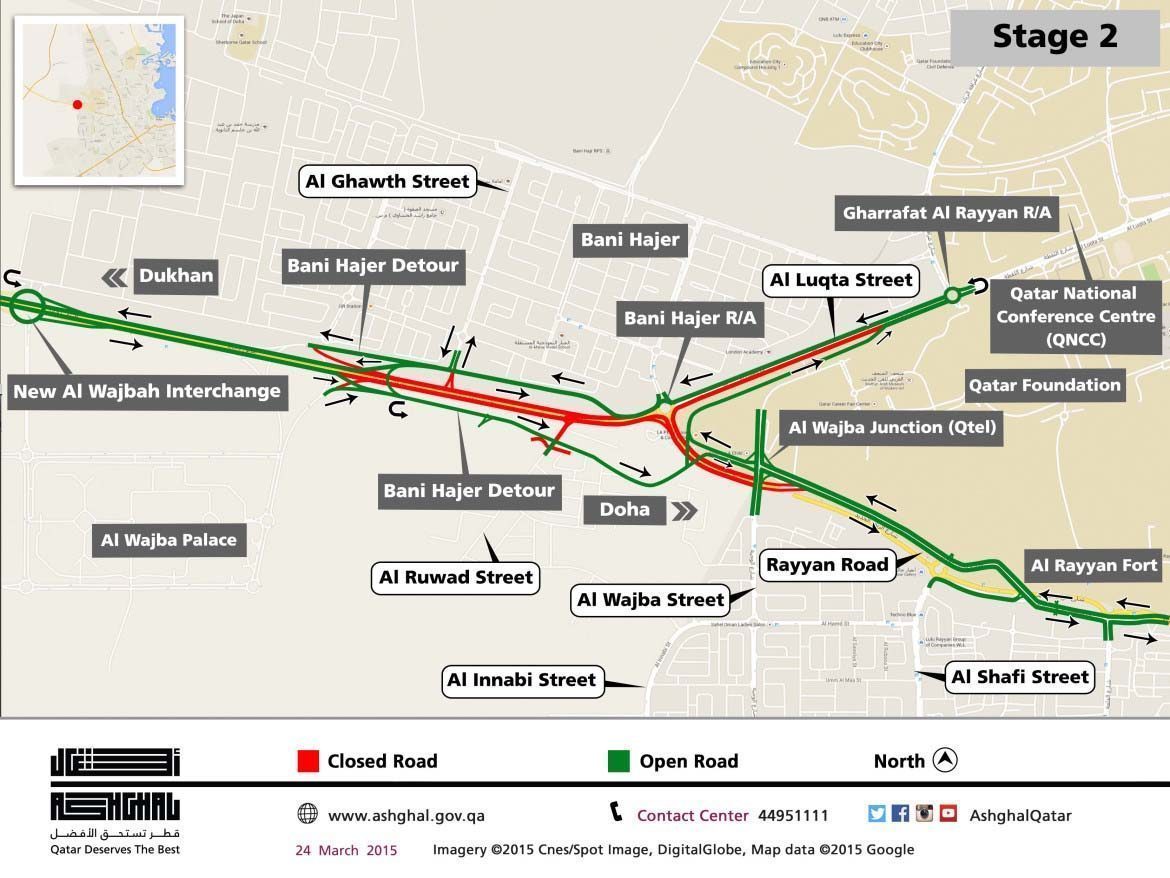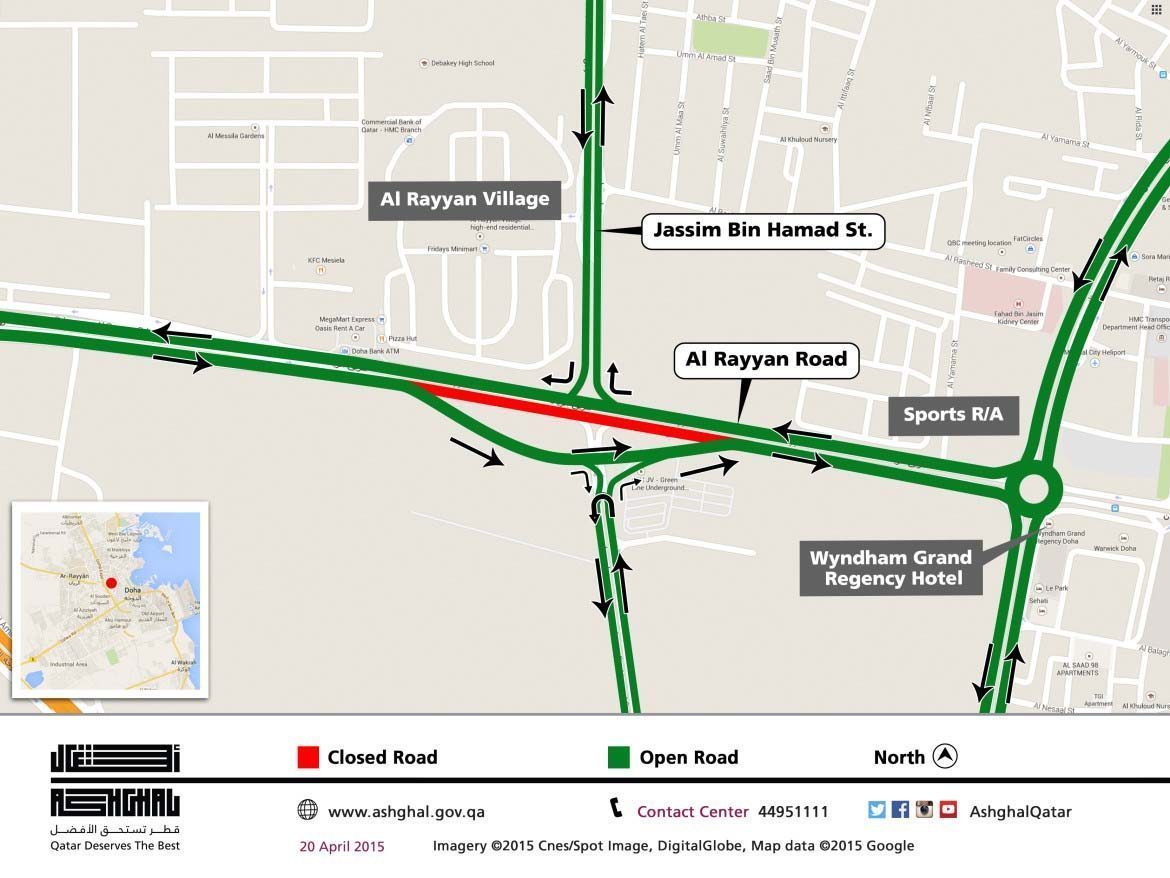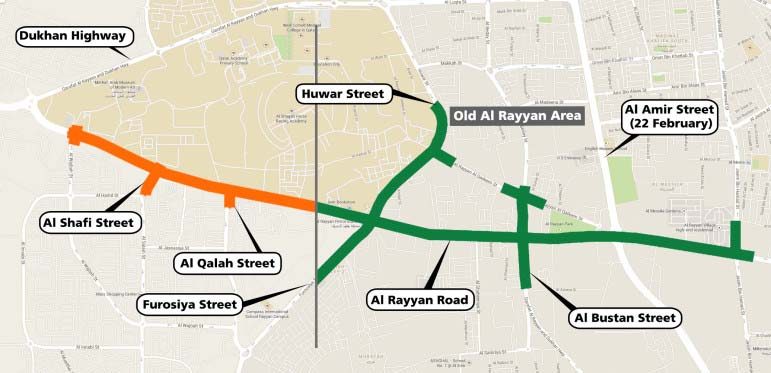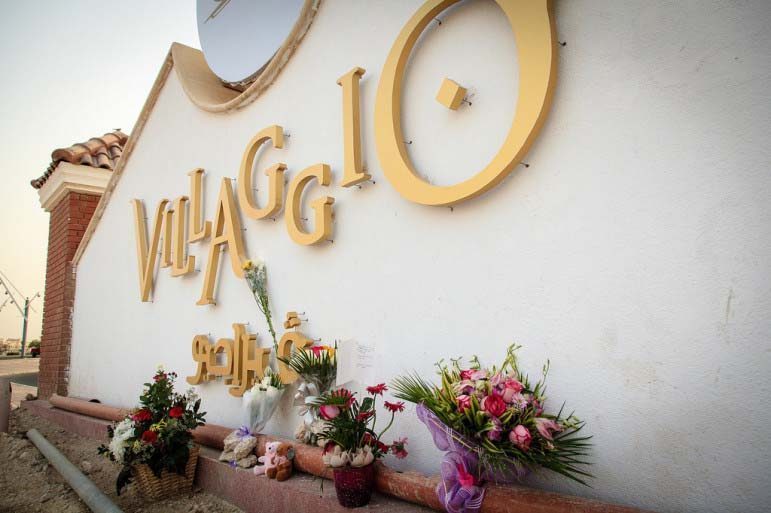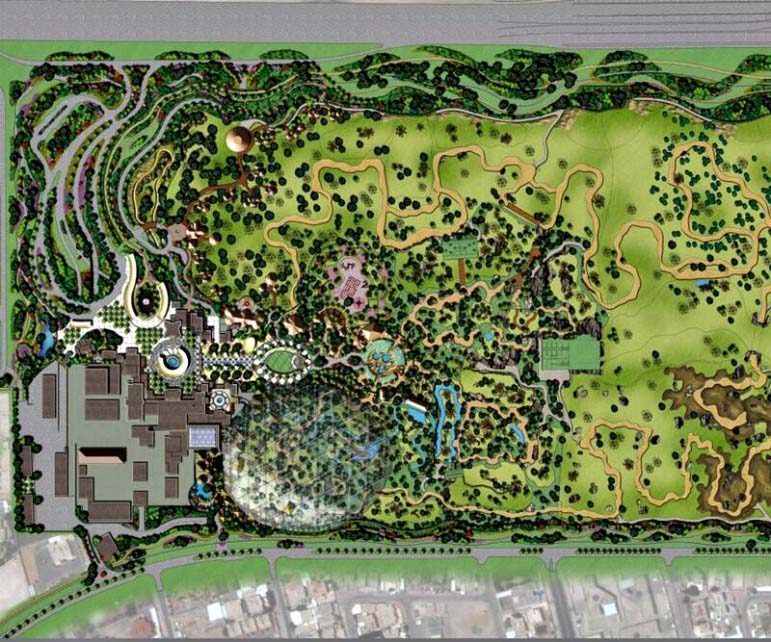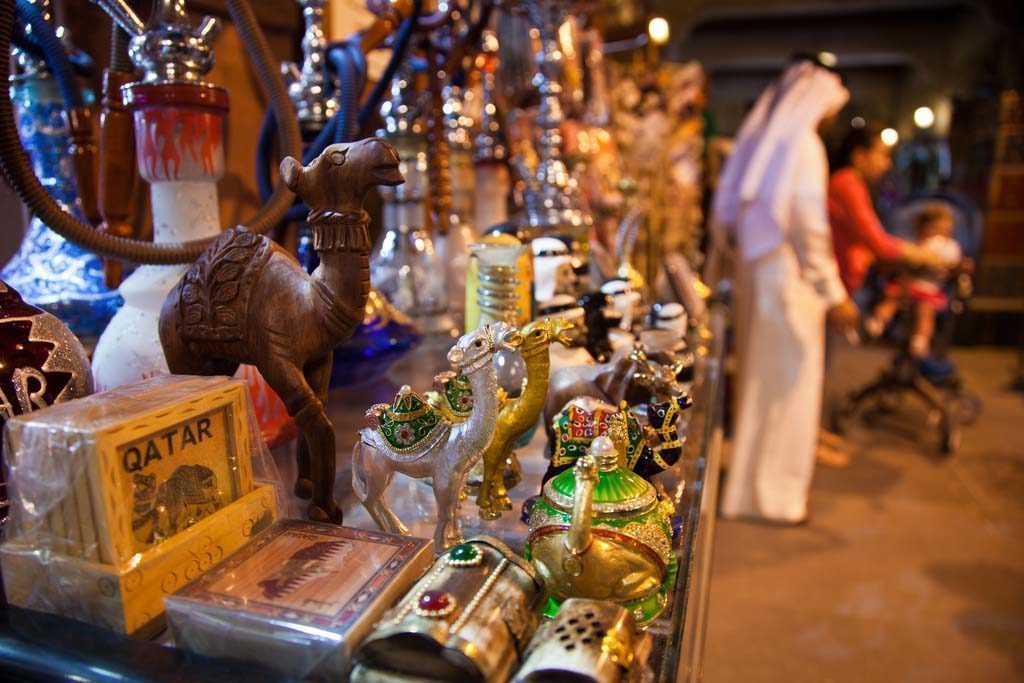
Mike Licht/Flickr
Photo for illustrative purposes only.
Reduced speed limits, pedestrian crossings and other safety features will soon be added to more than 200 schools in Qatar to help reduce road traffic accidents, the nation’s Public Works Authority has said.
Some locations will also see the installation of roundabouts, designated pickup areas and speed bumps to improve traffic flow as part of Ashghal’s School Zone Safety Program.
In a statement, the authority said a number of schools in need of the extra safety measures have been identified by the Ministry of Interior and the Supreme Education Council. It did not list them by name.
Curbing accidents
So far, improvement works to the roads surrounding 19 schools have taken place, while temporary measures have been undertaken around 11 more schools pending the completion of final works.
Redevelopment of the roads system around a further 10 school zones is currently in the pipeline, Ashghal added.
The program, which the authority aims to roll out to all schools in Qatar, is a key part of the nation’s 10-year National Road Safety Strategy, which was launched two years ago with ambitious targets to cut the number of road deaths and serious injuries.
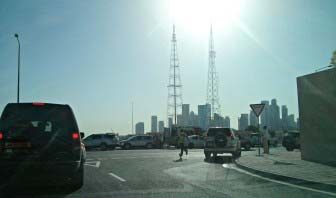
Supplied
Paramedics rush to the accident site outside Doha College West Bay.
It also comes in the wake of a number of accidents that have taken place outside schools in Qatar.
In October 2009, five-year-old Dana Sakr died after she was struck by a car as she crossed the road outside the Lebanese School in West Bay.
And in October last year, a primary school student at Doha College West Bay was struck by a driver as she walked to school with her mother and younger sibling.
Safe roads
Under the schools’ safe zone program, the SEC or schools themselves can ask to be included, and Ashghal meets with head teachers to understand their needs.
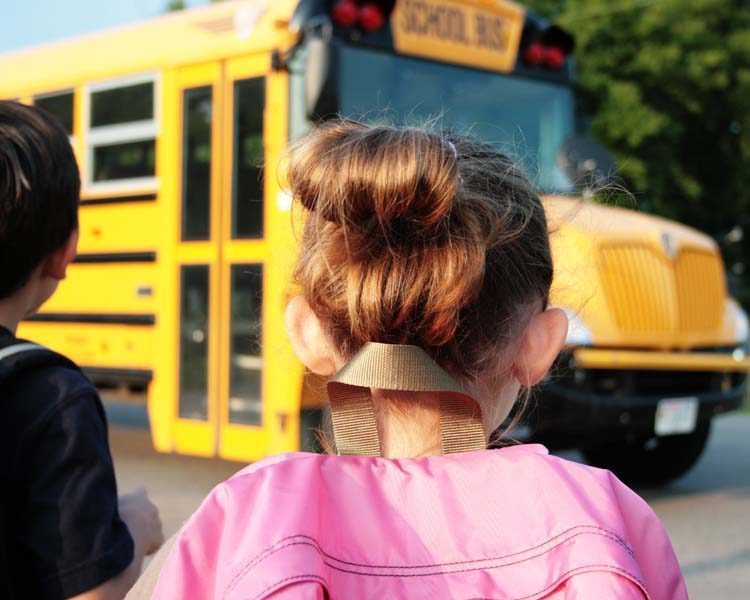
Summerbl4ck / Flickr
Photo for illustrative purposes only.
Among the measures that can be put in place are:
- Creating 30kph maximum speed areas around schools, which are clearly marked with signs;
- Installing speed bumps;
- Building raised pedestrian crossings and traffic warning signs at school entrances and exits;
- Creating safe drop-off and pick-up points;
- Installing raised medians and mini roundabouts to improve safe traffic flow; and
- Putting down rumble strips on the approach to schools to slow down traffic.
Creating footpaths around schools, building safe entrances and exits for schools on main roads and creating new car parks can also be put in place to help improve safety.
Going forward, these safety measures will be incorporated in all schools that are currently under construction and those scheduled to be built in the future, Ashghal said, adding:
“The program aims at ensuring the safety of students and parents upon their arrival or departure from schools and at easing traffic congestion which is seen next to schools and which exacerbates due to the lack of parking spots and due to lack of sidewalks and footpaths.”
Reducing deaths and injuries
Qatar’s National Road Safety Strategy aims to significantly decrease the number of deaths and serious accidents that result from crashes in the next seven years.
The targets include cutting the number of deaths to six per 100,000 residents, and getting to an absolute figure of 130 fatalities a year by 2022.
While still high, the number of deaths as a result of road accidents in Qatar does appear to be on the decline. In 2014, there were a total of 222 fatalities – down from 246 in 2013.

Muhammad Kamran Qureshi/Flickr
Photo for illustrative purposes only.
Adjusted for population inflation, this equates to approximately 9.93 road deaths per 100,000 residents in 2014, compared to 12.2 per 100,000 residents the previous year.
The nation also aims to cut the number of serious injuries in half, to 300 a year. However, as a total figure, this has increased. There were 671 cases of major injuries resulted from traffic accidents last year, up from 642 in 2013. Still, per 100,000 of the population, this shows a slight decrease – 30.02 cases per 100,000 in 2014 and 31.84 in 2013.
The strategy’s ultimate target is to reduce this rate to 15 per 100,000 by 2022, although it adds:
“In the future it is suggested that greater emphasis should be placed on targets to reduce the actual number of killed and seriously injured people in Qatar rather than on improved rates. This will lead to greater focus on the reduction of human pain and suffering caused by road traffic crashes.”
Other road safety measures that are planned as part of the strategy include installing new pedestrian crossings and overpasses, better street signage, creating crash barriers in road medians, construction of additional road lanes to ease traffic congestion and better design of road intersections.
Thoughts?
(The post Ashghal to boost Qatar school safety with new speed limits, crosswalks is from Doha News.)



















